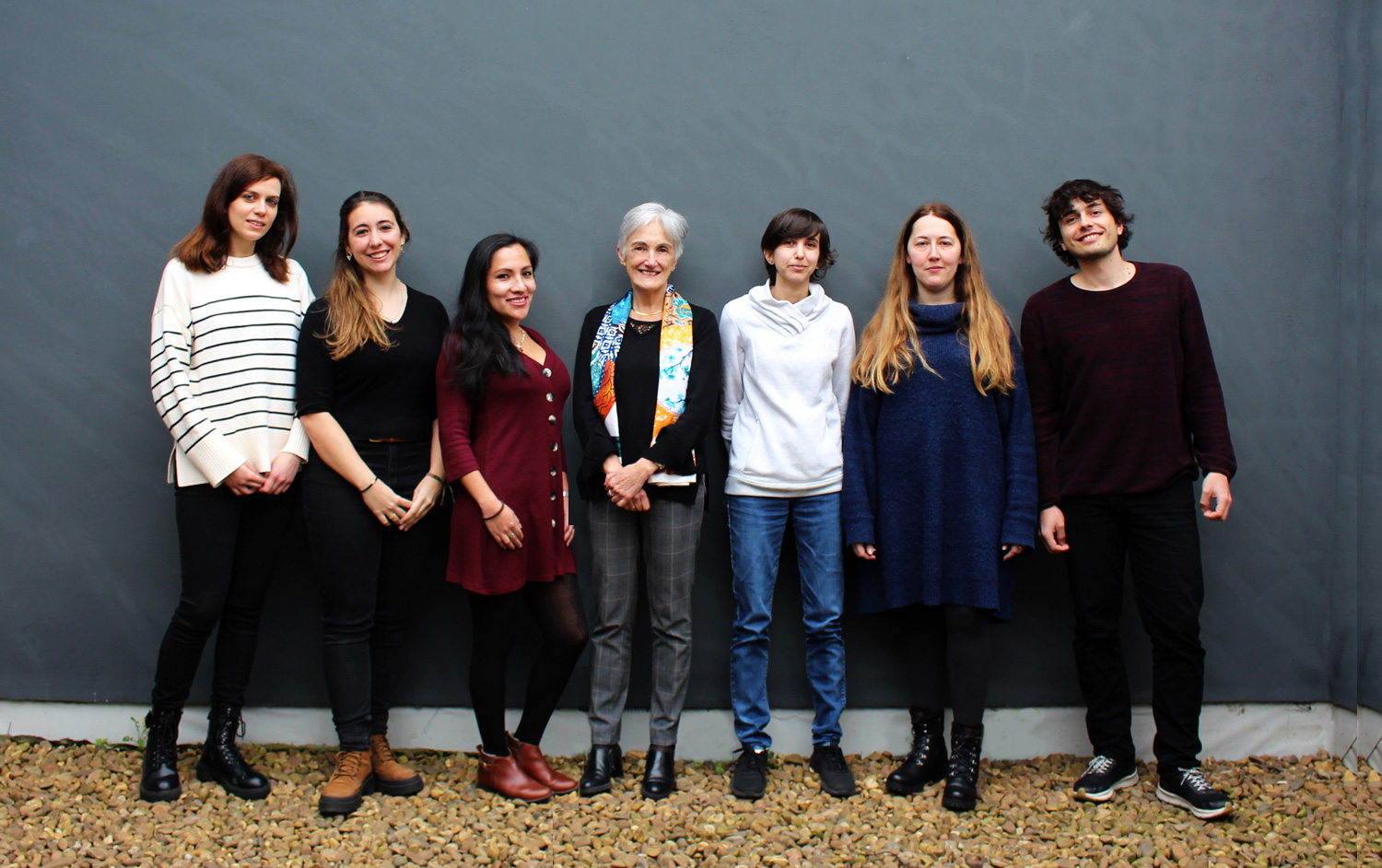Sandra obtained her Degree in Biotechnology at University Francisco de Vitoria in 2018, followed by a Master’s Degree in Advanced Therapies and Biotechnological Innovation in 2020.
During her undergraduate studies, she interned at the Medical College of Wisconsin (Department of Pharmacology, Dr. Cecilia Hillard). Afterwards, she carried out her Final Master’s Project at The Rockefeller University (Laboratory of Stem Cells and Synthetic Embryology, Dr. Ali Brinvalou) with a focus on the neural tube development pattern.
She worked as a laboratory technician in the Biomolecular Department of Eurofins Megalab during the pandemic. Simultaneously, she obtained an MBA on Pharma & Biotech by ESAME (2021). Right after that, she spent a year working in Mabxience as Junior CMC Data Associate (R&D department), analyzing biosimilars and making reports to EMA and the FDA.
She is currently doing her PhD in Molecular Biology and Biomedicine at Marian Ros's laboratory through an FPI contract from the Science and Innovation Ministry.
Hobbies: skating, travelling and socializing.
Regulation of Gene Expression during Development

Research lines
A fundamental question in biology is how tissues and organs are built or repaired. Progress in this area is relevant not only for understanding morphogenesis in animal development, but also for potential applications in the fields of tissue engineering and regenerative medicine. During embryonic development, a major challenge is to understand how the formation of a particular structure is genetically and molecularly controlled. This approach also needs to consider that individual cells interact with each other and that the final morphology and function of an organ ultimately result from the coordinated integration of many individual cell events. Using the developing limb as model system, the Ros’ lab has contributed to the molecular characterization of the limb signaling centers and to the understanding of the function of key transcription factors such as the Hox and Hand2 proteins. The group also has made important contributions towards elucidating the mechanisms underlying digit patterning, how the number and identity of the digits is established and controlled during limb development. Our study of the extreme polydactyly phenotypes observed in Gli3;5’Hox compound mutants provided support for a self-organizing Turing-type mechanism underlying digit patterning. Through mouse genetics, and more recently using functional genomic technologies, we have generated and characterized murine models of human congenital malformations to identify the underlying molecular, cellular, and developmental mechanisms. In particular, the implementation of CRISPR/Cas9 genome editing in mice through the electroporation of zygotes has permitted the analysis of the functional contribution of regulatory genomic regions in a very efficient manner. The Ros’ group has contributed more than 90 original papers, several of them in international prestigious journals including Cell, Nature, and Science. The major topics currently under investigation in the lab are:
- the role of Lmx1b regulation in dorso-ventral limb patterning and its implication in morphogenesis, evolution and disease (the Nail Patella syndrome).
- the regeneration of the digit tip and the influence of dorso-ventral polarity.
- the functional role of Sp6 and Sp8 transcription factors in limb development, their implication in the Split Hand/Foot Malformation, and their interaction with Dlx transcription factors.
Funding
Spanish Government. Ministry of Science and Innovation
